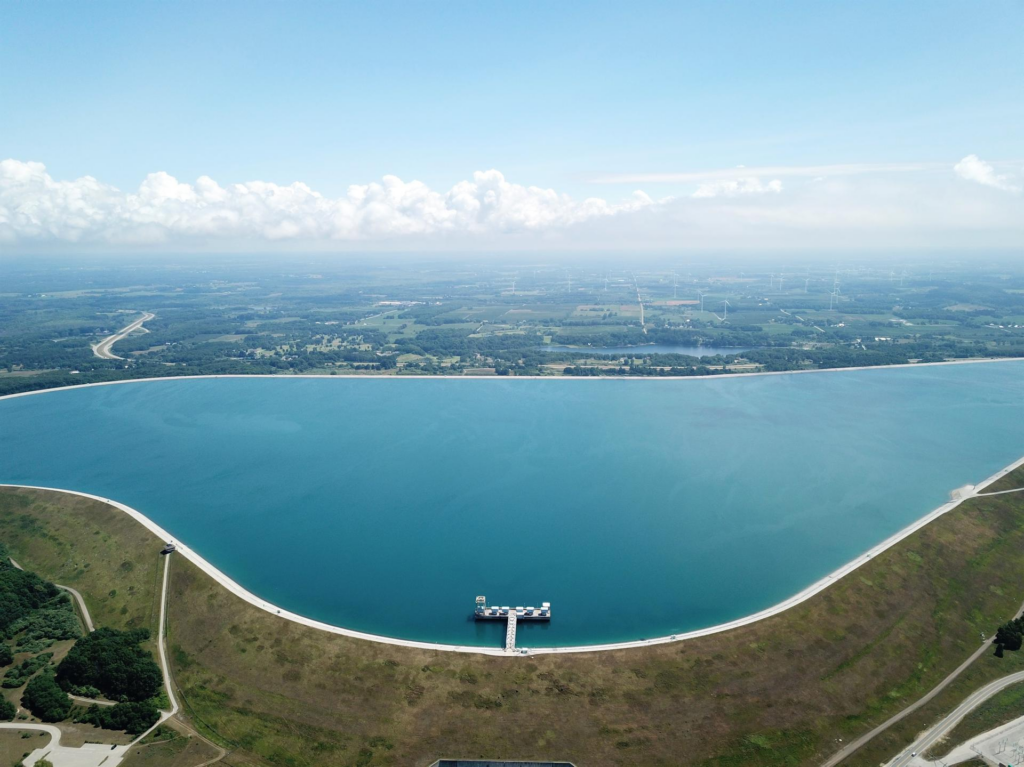08 January 2023 | Climate Tech
Liquidity in liquid air energy storage
By
While venture funding markets warm up for 2023 (the holidays and the first week of the year are typically a slow period for new funding announcements), one deal in particular from last week caught my eye.
Hedonova, a U.S.-based alternative asset investment manager, invested $16M in a Chilean liquid-air energy storage plant.
By the numbers, this isn’t a massive investment. But it’s in an as-of-yet small sector of the energy storage market. And it illustrates that efforts to develop and commercialize long-duration energy storage options won’t just happen in Silicon Valley but will stretch to far-flung regions like the Atacama Desert.
Get up to speed
Batteries are the most discussed form of energy storage. But they’re neither the best at storing energy for long periods nor on significant scales. The most common large-scale energy storage technique employed in the U.S. for instance is pumped hydro, which leverages old-school gravitational energy.

Pumped hydro involves moving water back and forth between a higher and lower reservoir and represents more than 90% of utility-scale energy storage domestically.
Air to energy
Increasingly, various ‘air’ based approaches to energy storage are getting more attention. There’s compressed-air energy storage, which involves using energy to compress air in underground caverns when it’s available. Later, the compressed air can be released in a controlled fashion to power turbines to generate electricity. Last year, China connected a 300 MWh facility to the grid.
Liquid-air energy storage, also called cryogenic energy storage, is similar in its use of air. You use electricity to cool air until it liquefies and store it in tanks. Later, whether via exposure to ambient air or another heat source (e.g., waste heat), you gasify the liquid air, and that gas spins a turbine.
These air-based techniques score high on both the duration and aggregate scale of energy storage they offer. Still, global markets for liquid-air energy storage (“LAES”) and compressed-air energy (“CAES”) storage are small. Even combining the two, the global market size was only ~$1B in 2022.
One challenge is the roundtrip efficiency of early plants; so far, commercial CAES facilities feature roundtrip efficiency between 50-60%. That means you lose up to half of the energy you put into the system. Incidentally, that’s not dissimilar to hydrogen’s roundtrip efficiency when used for energy storage.
Liquidity in liquid-air energy storage
Located in the Atacama region, one of the best sites in the world for deploying solar, the Chilean LAES facility was originally a joint venture between Highview Power (U.K. based) and the largest energy firm in Chile, Energía Latina S.
Chile in general is poised for significant climate tech deployment. While it’s a highly ambitious goal (seeing as coal still fuels the majority of the country’s electrical output), the country aims to use 70% renewable energy sources for electricity by 2030.
In 2021, the government also published its first energy transition strategy, including using profits from its lucrative mining sector to develop a domestic green hydrogen industry and expand its use of renewables.
Elsewhere, Highview Power, which also helped develop the Chilean plant, is raising money to deploy a larger LAES plant in the U.K.

The net-net
Despite the small size of the LAES market, Hedonova’s investment caught my eye because the pursuit of commercially viable long-duration energy storage will intensify significantly this decade. Between better batteries, hydrogen, and other forms of energy storage, there are many ‘competitors’ for LAES and CAES.
But as wind and solar grow their share of electrical generation, many solutions will be needed to store energy to balance the grid better. Plus, certain techniques will pair well with different applications; for instance, industrial processes should pair well with LAES, given ample waste heat to re-gasify air.
Keep an eye on Highview Power’s raise; if they’re successful, others may follow, and air energy storage techniques should feature more prominently in the news in 2023 and on grids a few years after.